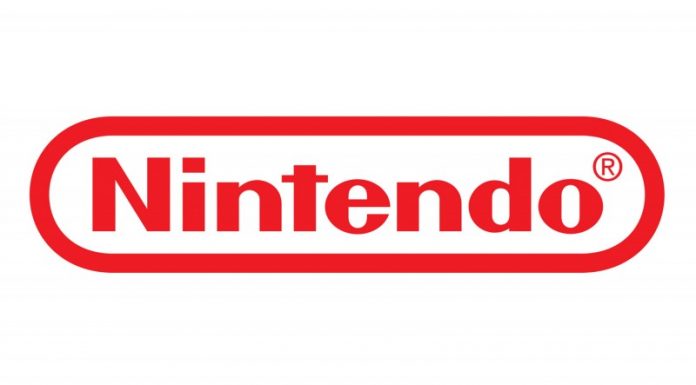On June 6, popular streaming service Twitch rolled out a set of new advertisement rules that spell trouble for streamers large and small. The rules are directly related to branded content streamers add into their streams, which are a crucial source of revenue for creators, and the new set of rules could very well mean major consequences for your favorite streamers.
In the aftermath of the announcement, streamers took to Twitter and Twitch to lament the changes, with big names like Asmongold threatening to leave Twitch entirely. This could be a defining moment in the streaming site’s relationship with its creators, who are, undoubtedly, the reason it exists. But what exactly did Twitch announce, and what does it mean?
The Twitch ad changes, explained
The new branded content rules are rather extensive, and render many streamers’ revenue sources outside of Twitch as violations of its terms of service. The rules include limiting on-stream logos to three percent of screen size, and disallowing burned-in video, display, and audio ads. “Burned-in” refers to “prerecorded ads or commercials that are embedded directly into the stream” via software like OBS and Xsplit, according to the extensive update Twitch shared on its help page.
Branded content is a major source of income for streamers, as the controversial 50/50 revenue split of September 2022 left them feeling exploited by the Amazon-owned company. Contracts with gamer-marketed soft drinks or gaming peripherals allow them to manually place banners into their streams, with the money from that partnership going directly into their pocket—not being split down the middle like the revenue from ads that play through Twitch.
“The big creators are the ones who get fucked by this almost exclusively,” CEO of Ping Labs and former Twitch employee Theo Browne told Kotaku over the phone. “And that’s what’s scary—the top 100 streamers on Twitch just got told they’re not allowed to make 80 percent of their revenue the way they’re used to making it. This is gonna have repercussions.”
As one streamer rather sarcastically pointed out, since Twitch’s new ad rules do allow creators to place branded products in the background of their streams, they can at least try to crowd their streaming setups with random items.
But it’s not just popular streamers who are getting “fucked” by the new Twitch ad rules—it’s major events like The Game Awards and The Streamer Awards, which only use the streaming service every once in a while to air livestreams of ceremonies.
“In particular, events are fucked—the only way to make money off of viewers on Twitch is to stream six days a week, you need to be streaming constantly for like 60-plus hours a week…if you’re an event that streams once every three months or once a year, that model doesn’t work,” Browne explained. “You need sponsors to make money…the events are only viable because of sponsors’ money. And those sponsors expect to have pretty prominent placement in that content in order to make it work. These are deals that streamers and creators have been building off-platform, because it’s the only way to make enough money to justify these types of content.”
What about Twitch charity streams?
These new rules could also seriously jeopardize charity streams held on the streaming service. Considering Awesome Games Done Quick just raised $2.6 million for the Prevent Cancer Foundation, Twitch’s new ad rules should have charity streamers very concerned.
“For charities, they often share resources that help creators communicate their message effectively…in theory this could prevent creators from showcasing videos about the nonprofit which are technically advertisements, or banners with information about the charity that highlight additional information,” Alyssa Sweetman, former head of Twitch’s charity division, told Kotaku via Twitter DM. “For me, since I advise nonprofits…I’m just looking for clarity to ensure that I’m not encouraging any nonprofit to do something that might put them or the creators they collaborate with in hot water.”
Twitch responds to streamers’ anger
Not long after the internet blowback, Twitch released a series of tweets clarifying its branded content policy, saying the initial update was “overly broad.” But the rest of the company’s tweets don’t effectively clarify the situation, and streamers are still angry.
Browne told Kotaku that Twitch technically always banned “burned-in” videos, but wasn’t really enforcing it before. “I can believe that. I’ve also seen platforms that sell that as a service…literally just embedding an ad player in your stream for money.” That’s what Twitch says it was trying to clearly ban from streams, but the tweet thread shared in the afternoon of June 6 does not renege on its promise to limit the size of branded content logos.
“We do not intend to limit streamers’ ability to enter into direct relationships with sponsors, and we understand that this is an important part of how streamers earn revenue,” Twitch’s tweet thread continued.
Kotaku reached out to Twitch for comment and a representative pointed us to the aforementioned Twitter thread, which includes a promise to “rewrite the guidelines to be clearer.” It’s unclear if the logo ban will stand.
“I think what this signifies more than anything is that if Twitch is talking to creatives, they’re only doing enough to feel good about making bad decisions, not to prevent them from making bad decisions,” Browne suggested. “Even if this was done for legal reasons or like external pressure from the ad team—the ad team has been trying really hard to make it easier for Twitch to sell ads…if some advertiser goes to Twitch, and they see their ad play on top of the streamer playing another ad, they’re not going to be happy. So I can see why they’d be motivated to make these changes, but they did not do any of the necessary homework or effort to do this in a way that doesn’t directly harm creators and their perception of Twitch.”
























